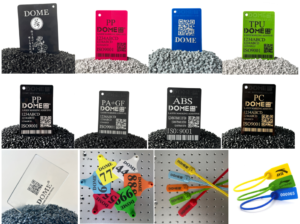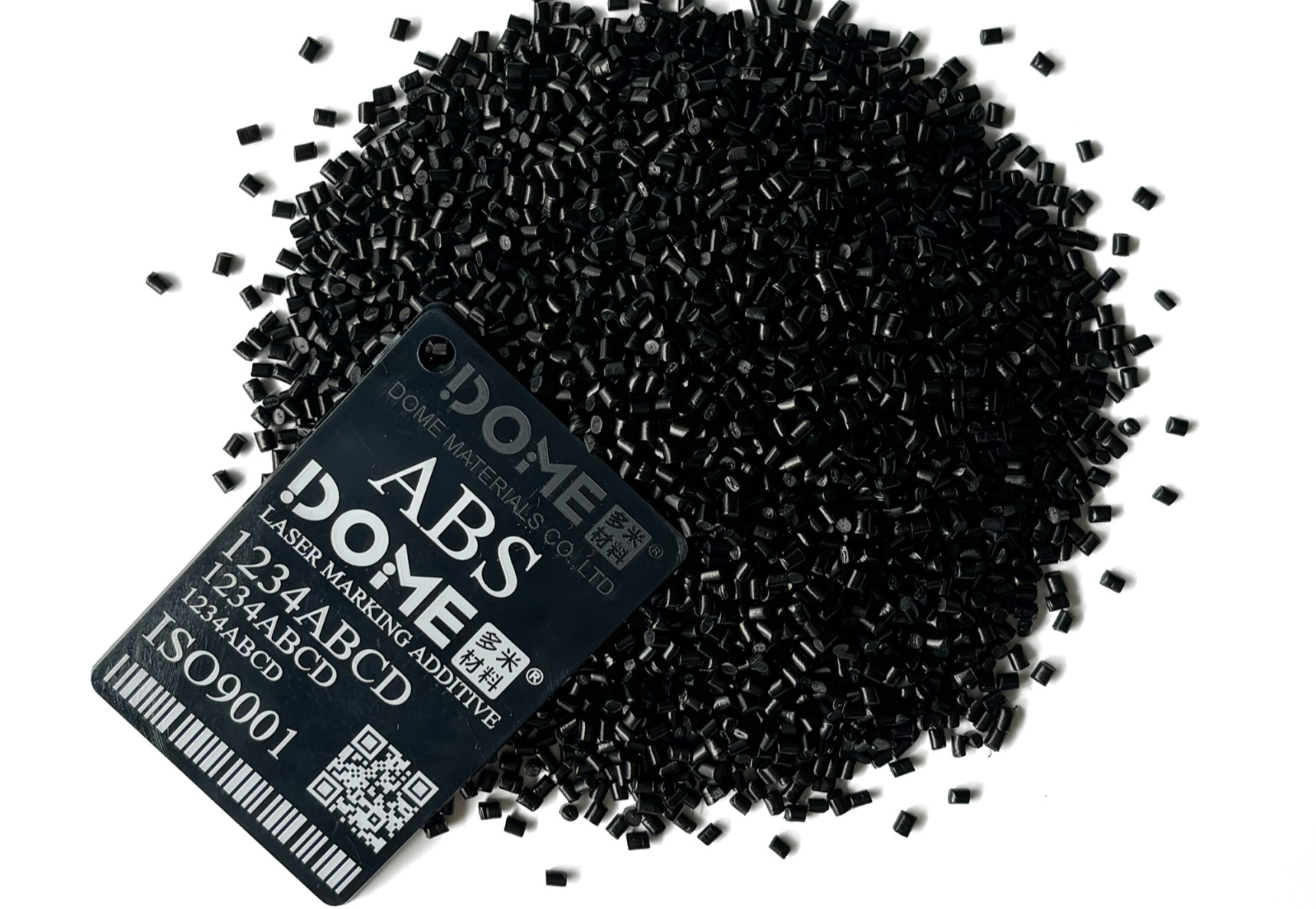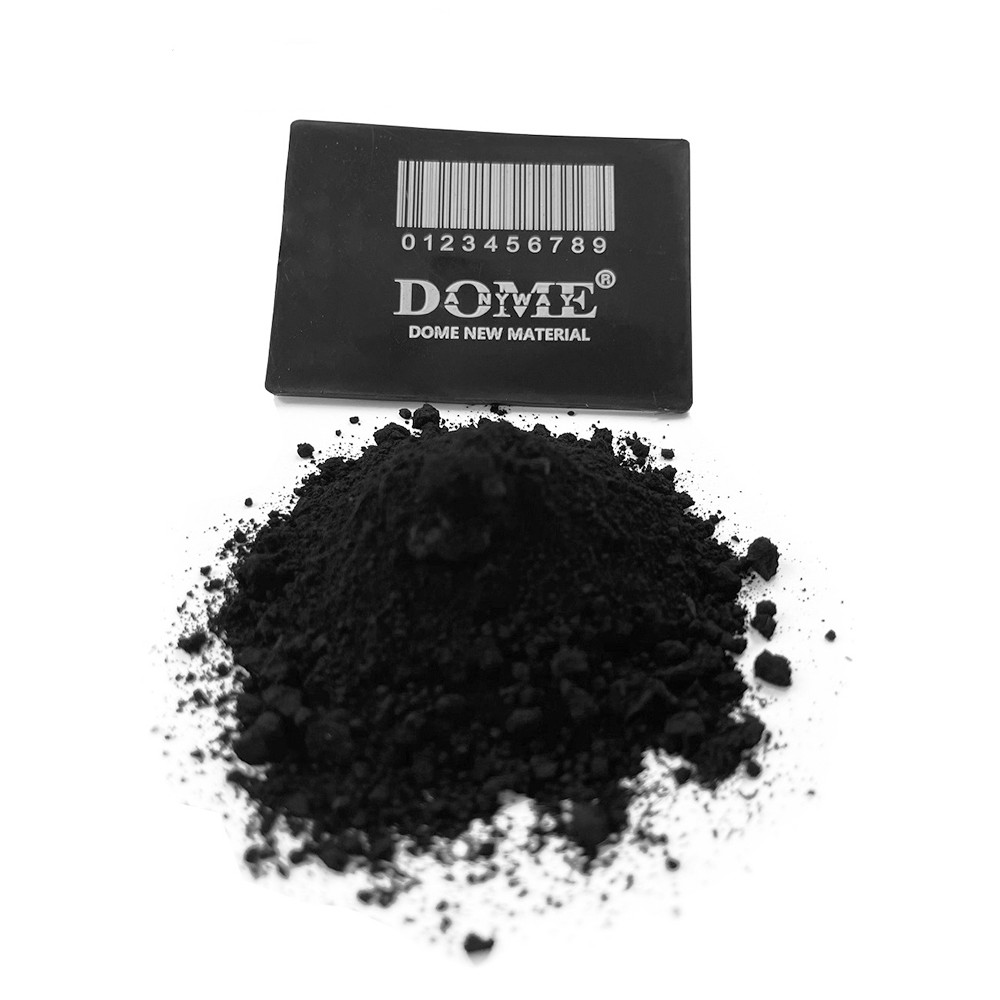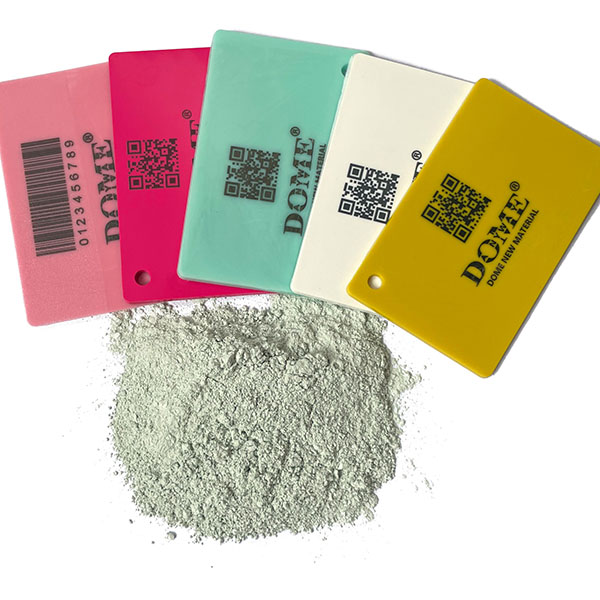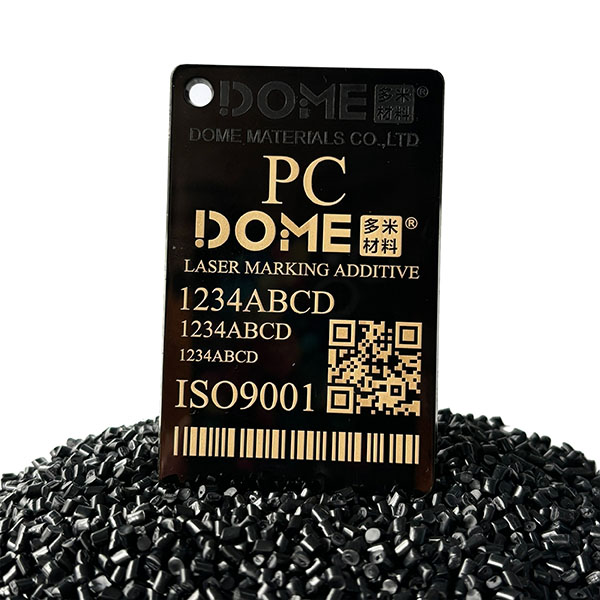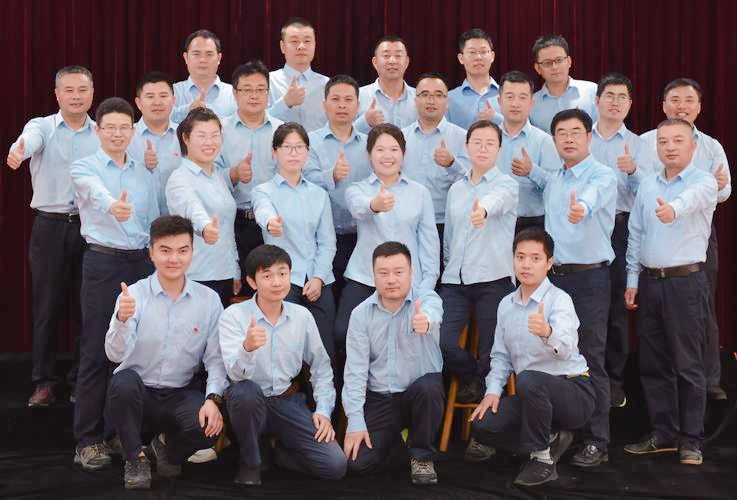In the transformative journey from raw resin to high-performance plastic products, plastic additives act as “magic powders,” fine-tuning physical properties, processing stability, and environmental adaptability. With the global plastic additives market surpassing $70 billion, five core categories—antioxidants, lubricants, plasticizers, fillers, and nucleating agents—play pivotal roles. This SEO-optimized guide dives into their functions, applications, selection strategies, and leading suppliers, offering actionable insights for manufacturers and material scientists.

1. Antioxidants: The Time-Freezing Guardians of Plastic Longevity
Function: Antioxidants prevent oxidative degradation by neutralizing free radicals (primary antioxidants) or decomposing peroxides (secondary antioxidants), extending material lifespan.
Key Types:
- Primary Antioxidants:
- BHT (Butylated Hydroxytoluene): Cost-effective, ideal for polyolefins (PE, PP), but less heat-resistant.
- Hindered Phenols (e.g., Irganox® 1010, 1076): High thermal stability (up to 280°C), perfect for automotive parts and electronics.
- Secondary Antioxidants:
- Phosphites (e.g., Irgafos® 168): Decompose hydroperoxides, often paired with phenols to prevent yellowing during high-temperature processing.
Applications:
- Food Packaging: Low-migration antioxidants like Irganox® 1076 ensure safety in food-grade films.
- Photovoltaics: Hindered phenol/phosphite blends in EVA films guarantee 25-year durability.
Leading Suppliers:
- BASF: Specializes in hindered phenols (Irganox® 1010/1076) and phosphites (Irgafos® 168).
- Lanxess: Offers composite antioxidants (Hostanox® OE) for automotive engineering plastics.
- Chemtura (Covestro): Provides high-temperature antioxidants (Naugard® 445) for photovoltaic EVA films.
- Songwon: Focuses on long-lasting antioxidants (Sumilizer® GA-80) for packaging and films.
Pro Tip: For high-temperature extrusion, combine HP-136 with phosphites to avoid thermal decomposition.

2. Lubricants: The Flow-Enhancing Magicians
Function: Lubricants reduce melt viscosity and mold friction, ensuring smooth processing and easy demolding.
Types:
- Internal Lubricants:
- Calcium Stearate: Compatible with PVC, used in pipes and profiles, but excess causes blooming.
- EBS (Ethylene Bis-Stearamide): Versatile for PA, PC, offering slip properties.
- External Lubricants:
- Silicone Masterbatch: High migration, reduces surface defects in glass-fiber-reinforced plastics, ideal for automotive bumpers.
Selection Tips:
- Temperature: Use montan wax for polyamides (PA) at 280°C instead of EBS.
- Compatibility: Avoid lead stearate in SAN resins to prevent blooming; opt for zinc stearate.
Leading Suppliers:
- Clariant: Specializes in EBS and erucamide for PA/PC slip enhancement.
- Shin-Etsu: Offers silicone masterbatch (KM-360) to address fiber floating in glass-fiber-reinforced materials.
- Crompton: Provides calcium/zinc stearate for PVC pipes and profiles.
- Sannova: Focuses on bio-based lubricants (BioLube®) for food-contact materials.

3. Plasticizers: The Flexibility Boosters
Function: Plasticizers weaken intermolecular forces, enhancing flexibility and workability.
Main Types:
- Phthalates (e.g., DOP): Cost-effective but restricted in toys due to EU REACH regulations.
- DOTP (Dioctyl Terephthalate): Eco-friendly, migration-resistant, used in wire insulation.
- Bio-Based (e.g., Epoxidized Soybean Oil, ESO): FDA-compliant for food-contact applications like IV bags, though less heat-stable.
Applications:
- Construction: DOTP with barium-zinc stabilizers in PVC flooring meets low-VOC standards.
- Medical: ESBO ensures compliance in medical tubing.
Leading Suppliers:
- ExxonMobil: Specializes in eco-friendly DOTP for wire and cable insulation.
- BASF: Offers FDA-compliant epoxidized soybean oil (ESBO).
- Eastman: Provides high-temperature TOTM for automotive hoses.
- Croda: Focuses on bio-based citrate plasticizers (ATBC) for medical catheters.
Trend Alert: Bio-based plasticizers are gaining traction for sustainable packaging solutions.

4. Fillers: The Cost-Performance Balancers
Function: Fillers reduce costs while enhancing rigidity, heat resistance, and dimensional stability.
Common Types:
- Calcium Carbonate (CaCO₃):
- Light CaCO₃: Boosts rigidity in PP woven bags but reduces toughness.
- Nano CaCO₃: Enhances PA6 toughness with elastomers for bumpers.
- Glass Fiber (GF):
- Long-Fiber (LFT-G): Doubles PA66 tensile strength for turbocharger housings.
Innovations:
- Surface Modification: Silane-treated talc improves dispersion in glass-fiber PP.
- Hybrid Fillers: CaCO₃ + mica enhances HDPE pipe rigidity and creep resistance.
Leading Suppliers:
- Imerys: Specializes in nano calcium carbonate (Microna® series) for PA/PP reinforcement.
- OMYA: Offers talc (Hydrex®) for HDPE rigidity and creep resistance.
- Imerys: Provides wollastonite (Wollastonite®) as a cost-effective glass fiber alternative.
- Longka: Focuses on ultra-fine talc for glass-fiber-reinforced PA66.

5. Nucleating Agents: The Crystallization Accelerators
Function: Nucleating agents promote faster crystallization, improving transparency and stability.
Key Types:
- DBS (Dibenzylidene Sorbitol): Raises PP crystallization temperature to 130°C, ideal for transparent stationery.
- Rare-Earth Nucleators: Reduce iPP film haze by 50%, rivaling PET for optical films.
Applications:
- Food Packaging: Nucleators with talc ensure PP lunchboxes remain transparent at 90°C.
- Optics: Rare-earth agents achieve 60% crystallinity in PA12 films with <2% haze for lens covers.
Leading Suppliers:
- Milliken: Offers Millad® 3988 for transparent PP with haze below 2%.
- Adeka: Specializes in rare-earth nucleators (NA-21) for optical films.
- Songwon: Provides DBS derivatives for PP crystallization and stability.
- Clariant: Offers Licocene® nucleators compatible with bio-based polyolefins.

Selection Strategies for Optimal Performance
Choosing the right additive requires balancing performance, cost, and processing needs:
- Processing Conditions: Use heat-resistant antioxidants (e.g., HP-136) for twin-screw extrusion above 300°C.
- Material Compatibility: Pair bromine-based flame retardants with compatible lubricants like erucamide in PC/ABS blends.
- Regulatory Compliance: Replace antimony trioxide with calcium molybdate per EU RoHS; use FDA-approved DOTP for food contact.
- Cost Optimization: Adding 30% CaCO₃ to HDPE blown films cuts costs by 20%, but monitor viscosity.
Future Trends in Plastic Additives
The additives industry is evolving toward sustainability and performance:
- Bio-Based Additives: PLA-specific nucleators (e.g., NBB-03) drive biodegradable plastic adoption.
- Multifunctional Systems: All-in-one masterbatches combine antioxidants, stabilizers, and lubricants.
- Nanotechnology: Graphene-enhanced PA12 reduces wear by 90%, targeting high-end gears.
Conclusion: Mastering the Art of Plastic Modification
Plastic additives, backed by leading suppliers like BASF, Clariant, and Milliken, are the unsung heroes behind durable, flexible, and cost-effective products. By understanding the roles of antioxidants, lubricants, plasticizers, fillers, and nucleating agents, manufacturers can optimize performance while meeting stringent regulations like NSF and ISO. As sustainability demands grow, innovations in bio-based and nano-additives will redefine plastic modification. Stay ahead by aligning with lifecycle analysis (LCA) and exploring smart additives like temperature-responsive nucleators.
Ready to optimize your plastic formulations? Contact us for tailored additive recommendations or explore our material science resources for deeper insights.
